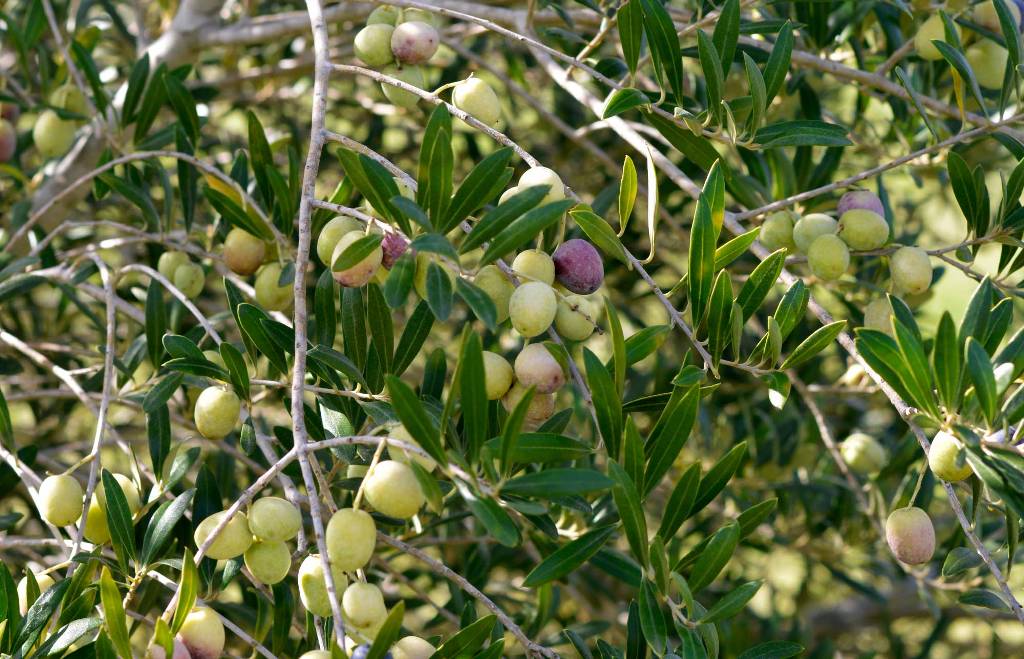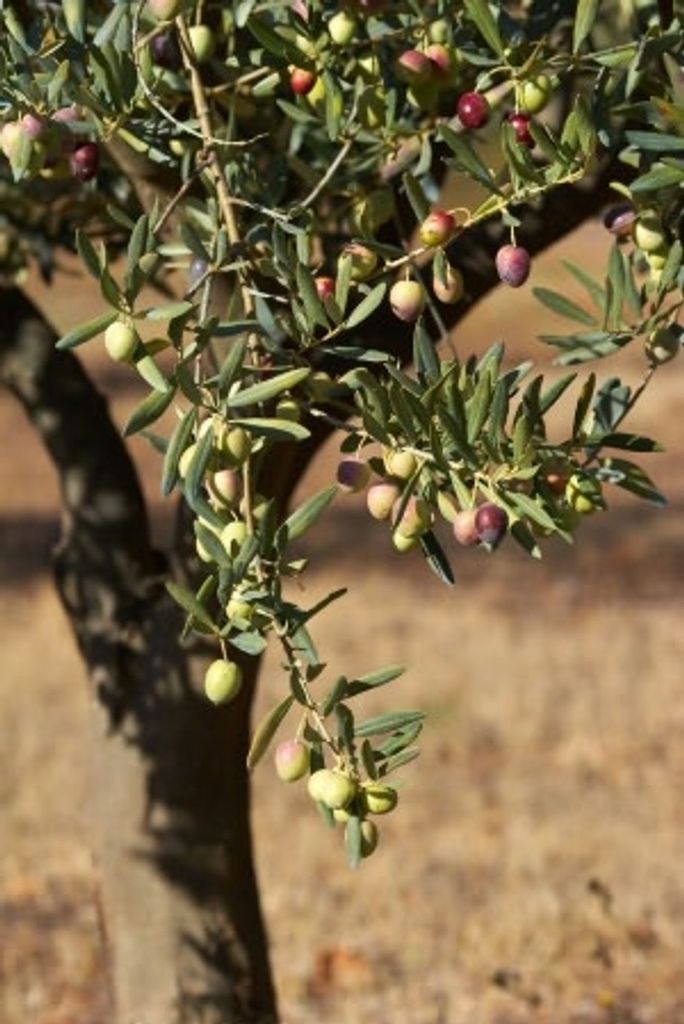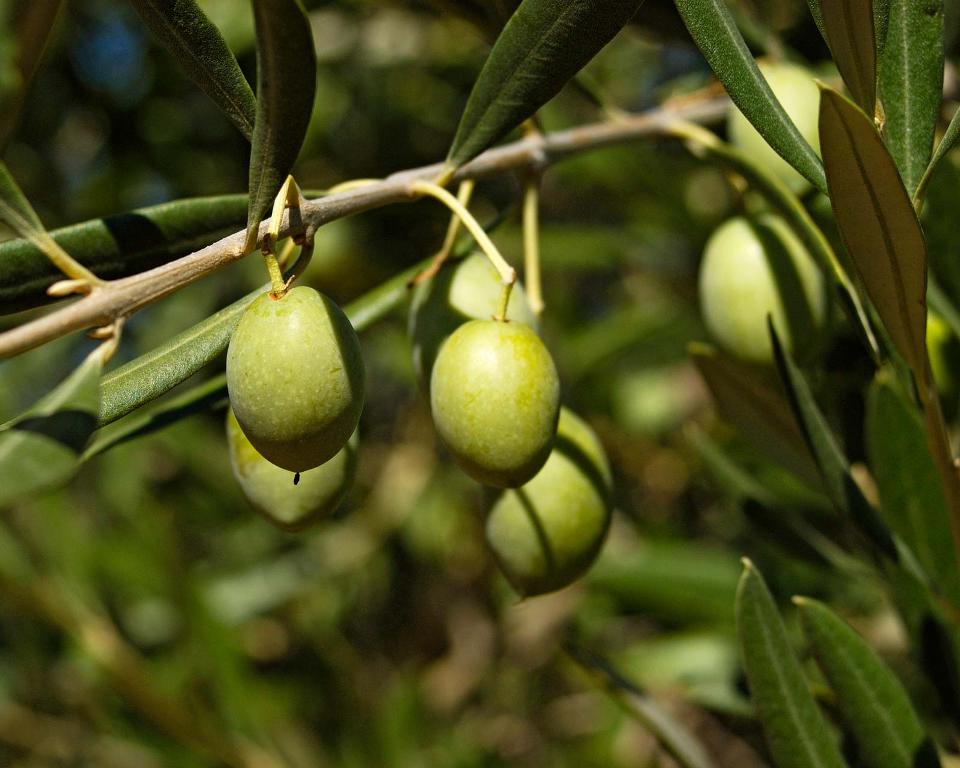How to Grow and Care for Olives Tree

Olive is a fruit that is widely known for its exotic flavor. The botanical name for olives is Olea europaea, which justifies its origin from Europe as the name means, ‘European Olives’ The olives are not newly discovered, they have been around for centuries and till date are enjoyed by the people and cultivated on a large scale. These edible fruits belong to the family named Oleaceae, and the olives are best known for their oils.
The trees of olives can grow to the height of about 40 feet with their beautiful dark green colored leaves, which often have a silver underline. Olives are wind-pollinated, and their attractive white flowers are both male and female. Even though olives have an appearance similar to that of peaches, the taste is very different and often strong. There are mainly four varieties of olives that differ according to their size and the content of oils present in them. The varieties of olives are Ascolano, Manzanillo, Sevillano, and Mission.
Best Conditions to Plant

When good quality olives are expected from the plant, it is to be assured that proper conditions are provided to the plant for its optimum growth. The wait for the trees to bear olives can be as long as four to five years. However, if proper care is taken, the results are worth the wait. The best time to plant the olives is during the start of spring or fall. This is because olives are not very fond of the warm climates or dry seasons. A location that would allow spacing of at least 20 feet between the plants should be chosen so the plants can show the best growth. While some varieties give out more fruit, some have more oil content, so the varieties should be chosen wisely according to needs. Olives should be grown in a location that would provide it shelter against the wind. The preferable zones by olives are 9 and 10.
Light and Watering Requirements
Olives are not big fans of the cooler climate. This means that the olives grow best when they are in hotter regions where the humidity is not high. Since the olives like to be grown in warmth, the olives should be grown in areas where the full sun can be provided to them. Olives thrive when they receive direct sunlight of about 6 to 8 hours. They do not do well when kept in areas that may block the sunlight and provide shade. When the trees have not yet matured, it is recommended to keep watering olives regularly. The maintenance goes down once the trees have established. This is because olives can tolerate droughts to some extent. However, watering dried soils will only help the quality and the quantity of the fruits it will bear.
Preferred Soil and Recommended Feeding

When the soil preference of the plants is matched, robust growth is assured by the plants. The same is the case with olives. They prefer to be grown in well-drained soils. What adds to the low maintenance is their feature of adapting to any soils; however, they highly prefer when they are grown in sandy loams. Avoid growing the olives in waterlogged soils as this could easily hamper the growth of the plant and may even result in the rotting of the roots. Olives prefer to be grown in soils having pH between 5.5-8.5. For fertilizing olives, it should be done annually. Olives are not heavy feeders, and overfeeding should be avoided. Nitrogen should be fed to the plants like blood meal or cottonseed.
Problems Related to Olives
When proper conditions are provided to the trees, not many problems affect them. However, sometimes pests and diseases can be a matter of concern for the olives. The various pests that are likely to attack the trees are Black scale, Parlatoria scale, Apple Weevil, Garden Weevil, Rutherglen bug, olive lace bug. The various diseases that affect the trees are anthracnose, peacock spot, or some unfamiliar pests.
Olives are the evergreen fruits which are grown from olive trees and are usually dark green to purple. When it comes to Jalpai, it is the same as olives. Jalpai is the term used for olives in the Bengali language.
Olives have been around for centuries and have a sacred value. People love them for their benefits and their symbolic value. Since the fifth century, olives have been a symbol of peace as well as friendship.
Olive oils are used globally by the people and are known for having various benefits. Olives are also known for providing benefits to the hair when applied in the form of oil. It makes the hair frizz-free, gets rid of dandruff, and makes the hair glossier and healthier.





